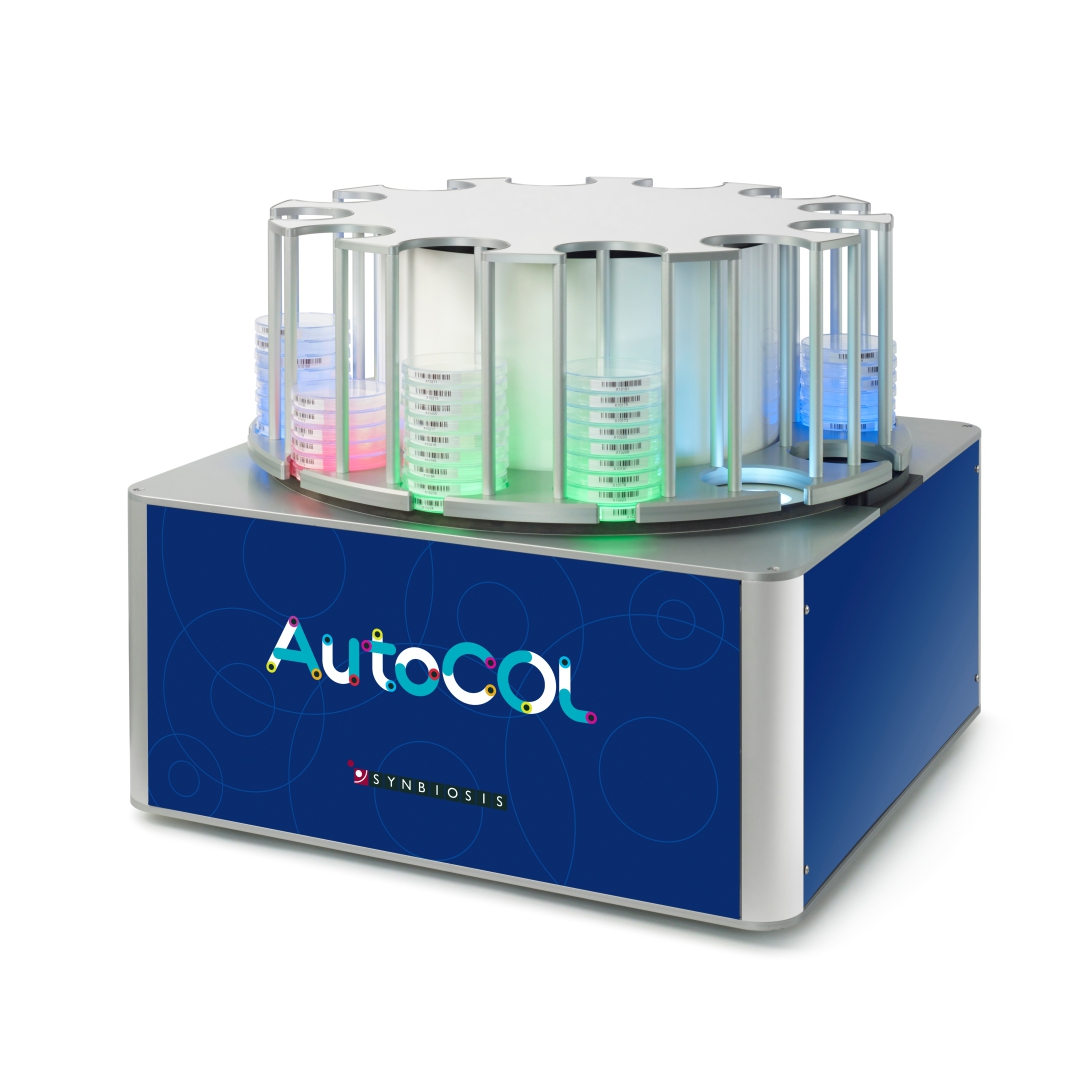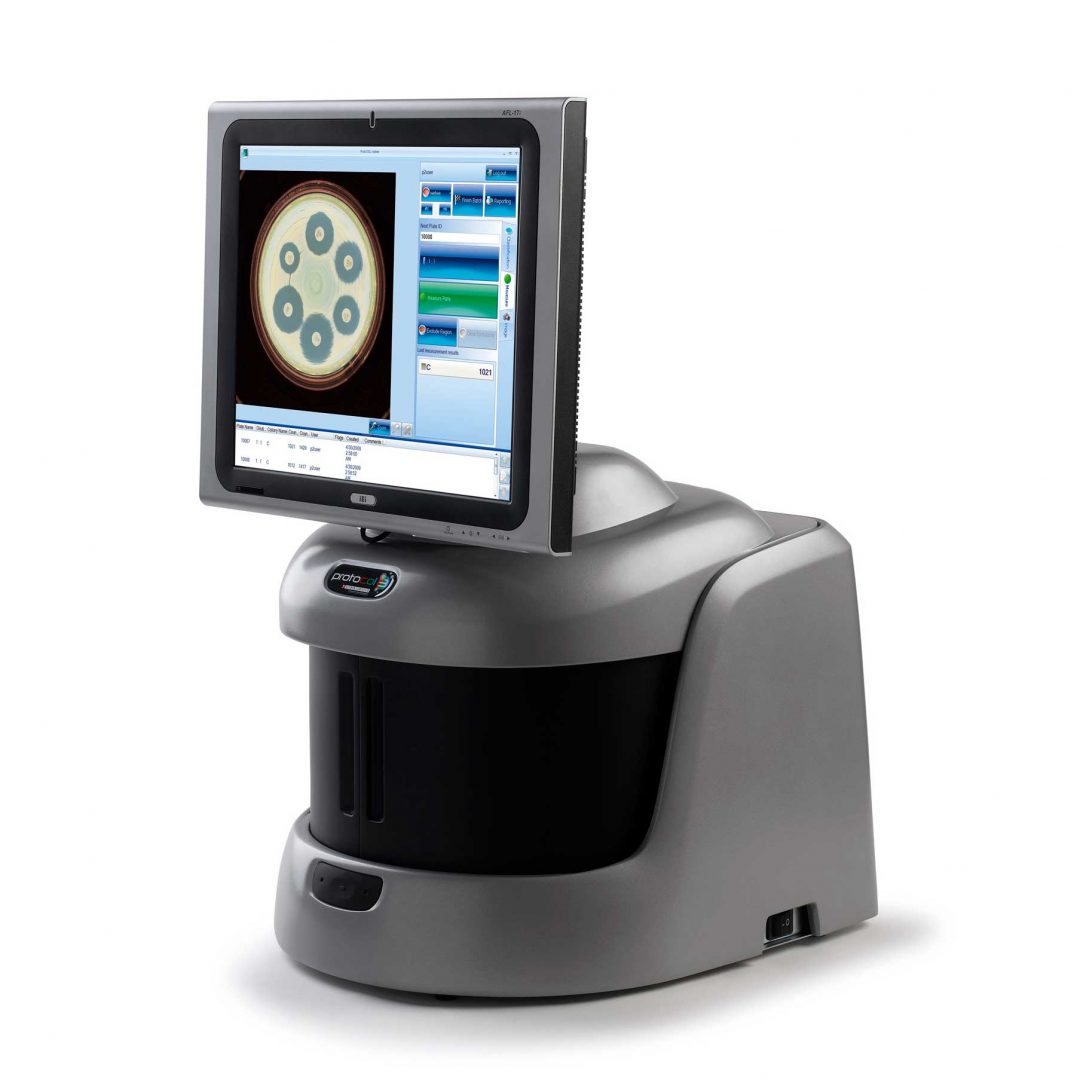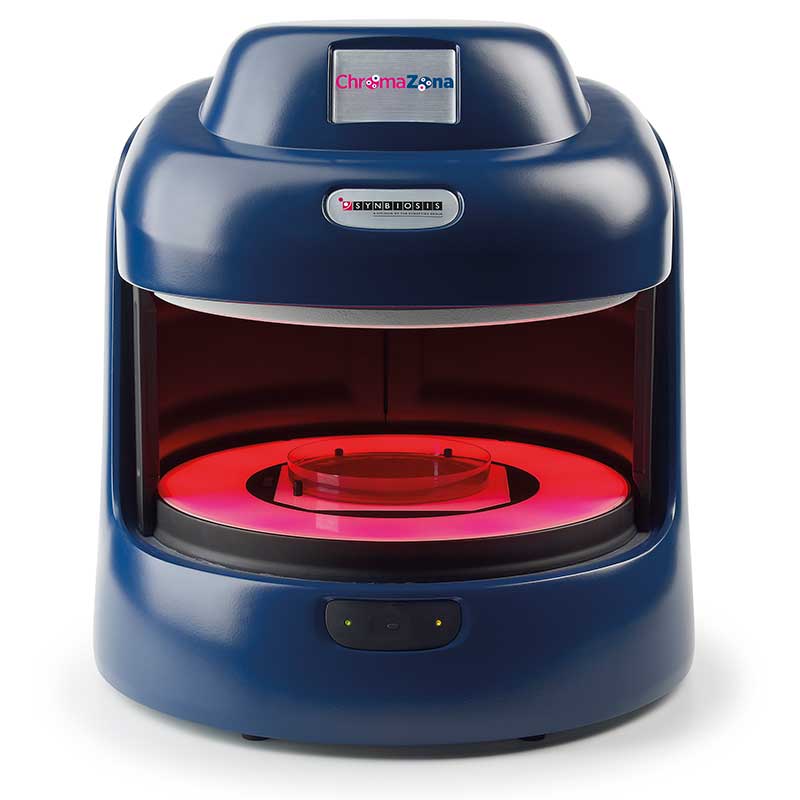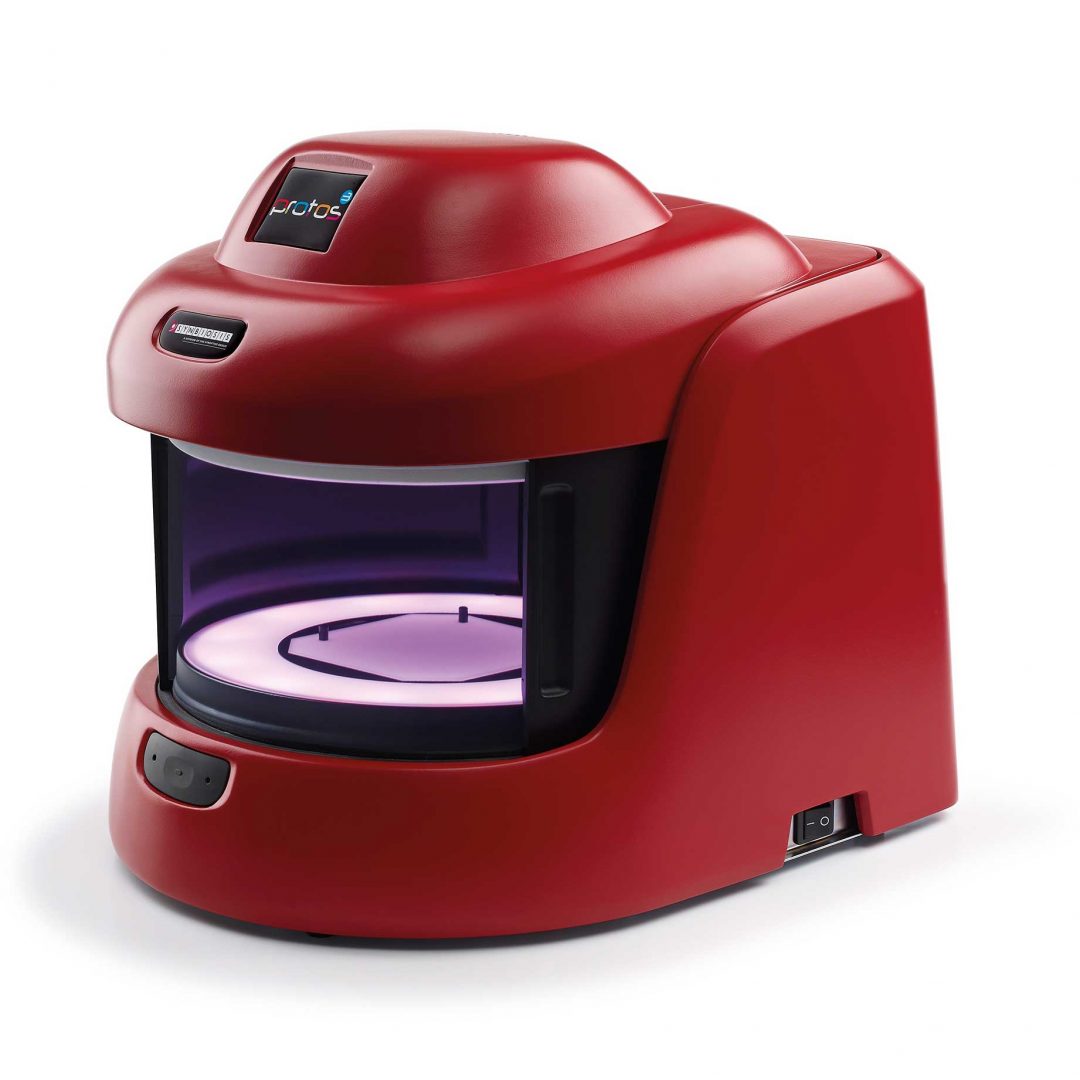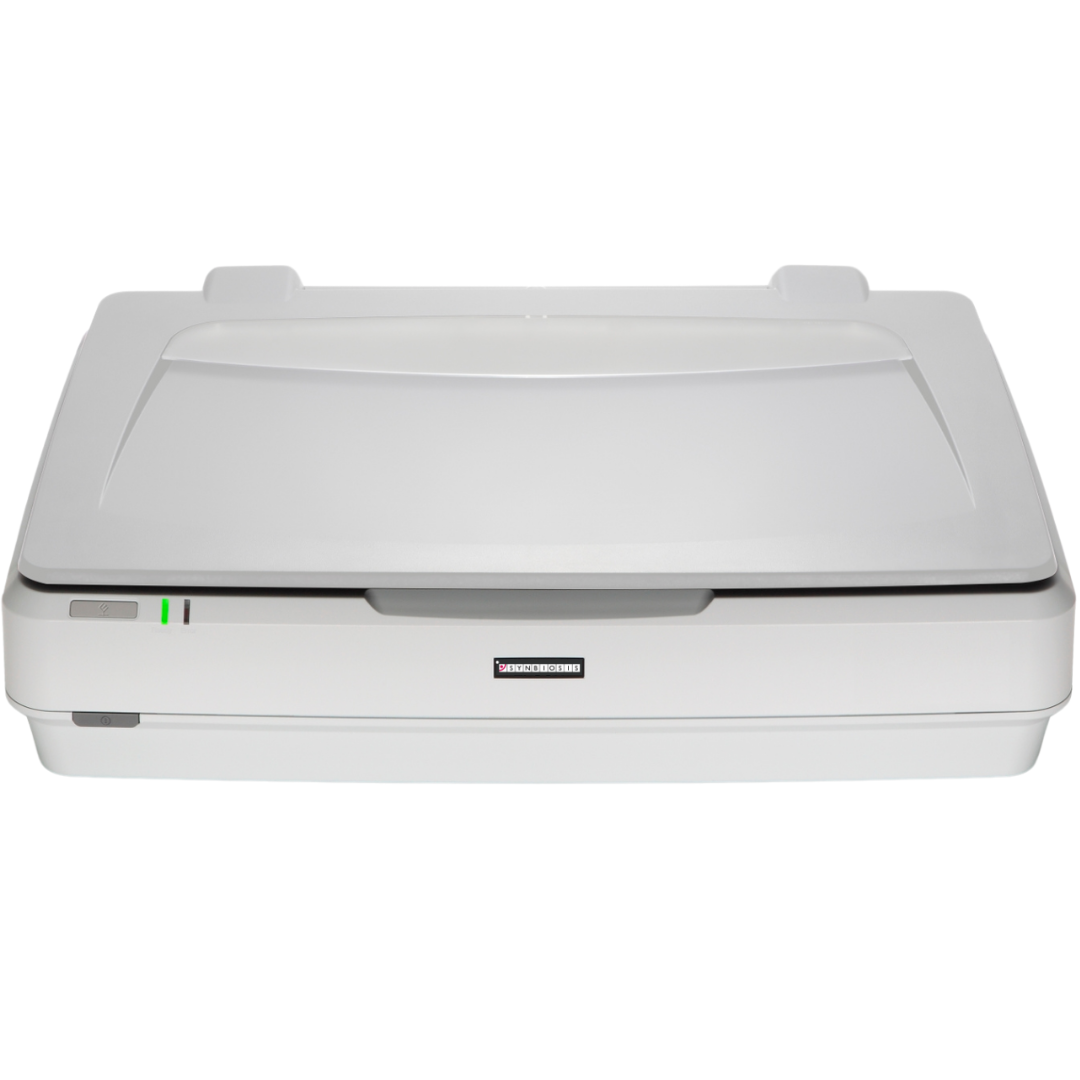What is spiral plating?
Spiral plates are created using a spiral plater which is an apparatus that dispenses logarithmically decreasing volumes of sample onto the surface of a rotating petri dish forming a spiral pattern. The microbial concentration of the sample is determined by counting the colonies on a part of the petri dish where they are easily countable and dividing this count by the appropriate volume. Spiral platers are used extensively in food safety testing, as well as the pharmaceutical industry. The spiral plating method can save time and resources by cutting down on additional dilution and plating steps.
What does Synbiosis offer?
The spiral software comes as standard with the aCOLyte 3 HD and Protos 3 systems and is available as an additional module in the ProtoCOL 3. The software works with a number of spiral platers; WASP, Oxoid, Eddy Jet and Easy Spiral. Users can select the spiral plater, spiral volume and the threshold under which all colonies are counted.
The software enables plates to be analysed in three different formats; whole plate, annulus or 2-sector. Colonies can be classified based on colour or by their light or dark contrast against the background/agar. The software allows the sensitivity to be altered and small particles to be removed based on a selected size (mm). Any additional dilutions performed can be entered allowing an accurate count/ml result to be calculated.
Spiral dilution series plates can also be analysed using the spiral software package. Using this module, plate numbers can increase incrementally (1, 2, 3…) and be assigned different dilutions (e.g. 1:10, 1:100, 1:1000). The same plate number can also be used for different dilutions. This feature allows the aCOLyte 3 HD, Protos 3 and ProtoCOL 3 to count colonies on spiral plates in a number of practical ways.

Figure 1. Side by side comparison of raw and analysed spiral plate images in the ProtoCOL 3 software

Figure 2. Spiral plate configuration (left) and frame/colony classification steps (right) in ProtoCOL 3 software
Compliance
Spiral plate count results are automatically transferred into a table for storage in a secure database. The database is password protected and ensures that batches of results cannot be deleted. This eliminates keying and data transfer errors, producing fully traceable results which are consistent from microbiologist to microbiologist. Every detail of the sample including pictures of the plates, system configuration, user details, date and time are recorded in professional reports (Excel, Open Office or PDF). For laboratories that require the highest level of compliance and traceability, the ProtoCOL 3 system comes with a full audit trail, user access levels and LIMS connection.
Synbiosis releases free bi-annual software upgrades which can be easily downloaded from the website. This means that customers have access to any improvements and new features that are added to the software.

Figure 3. Example of a PDF results report produced in the ProtoCOL 3 software.


